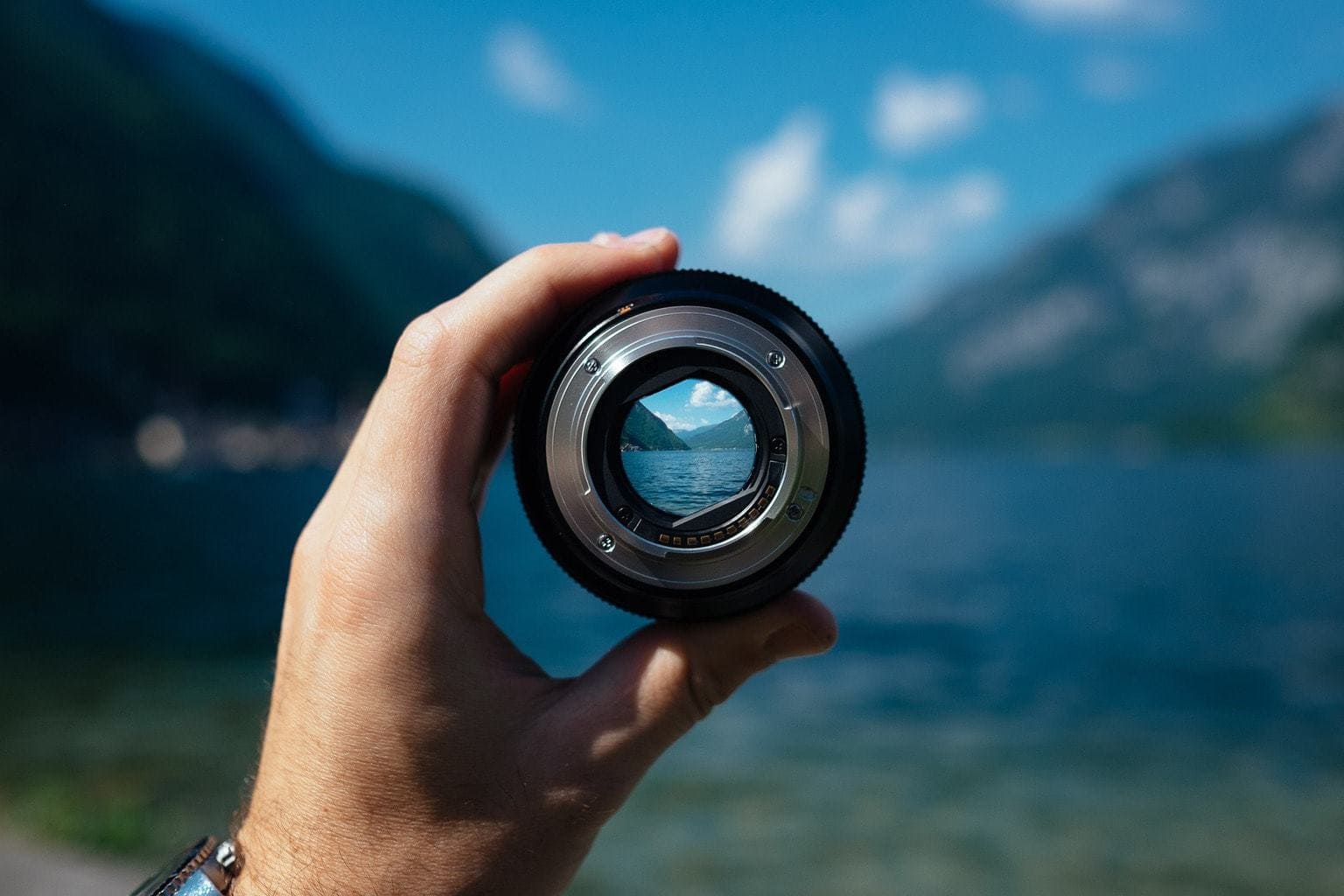We have talked many times in this blog about light lenses, if a light lens is good for you on this occasion, if for this other one as well, if for portraits we recommend a light lens, etc. When talking about this type of lens, we do not mean that they have a built-in light that prevents you from flashing, but that they are lenses with a large aperture. Jokes aside, a bright lens can prevent you from ever needing the flash, since its widest aperture allows more light to enter. These lenses, if you don't know very well what I mean, are those with a maximum aperture equal to or greater than f/2 (f/2, f/1.8, f/1.4, f/1…).
OPENING
I have said higher and yet I have put lower numbers, that is because the aperture is measured like this, inversely, the larger the aperture, the smaller the f/ number and vice versa.
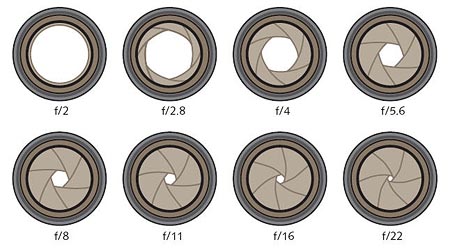 On many occasions, these objectives will get you out of trouble, and not only that, they also allow you to play with a very small depth of field creating a great impact with a seemingly insignificant subject. That is why in the title I already tell you that you should have one. Yes, okay, the equipment does not make the photographer, but when expanding it, we recommend some accessories more than others. To start growing, a bright target is a good starting point ; to make a quantum leap in photography, it is essential.
On many occasions, these objectives will get you out of trouble, and not only that, they also allow you to play with a very small depth of field creating a great impact with a seemingly insignificant subject. That is why in the title I already tell you that you should have one. Yes, okay, the equipment does not make the photographer, but when expanding it, we recommend some accessories more than others. To start growing, a bright target is a good starting point ; to make a quantum leap in photography, it is essential.
THE BEST?
That is why today I bring you some examples, does it necessarily mean that they are the best and that it has to be one of these? No. They are, as I just told you, examples. One may fit you, or you may keep looking and find another that is more convincing or more suited to your creative needs. What it is about is that when it comes to expanding your team, you opt for an objective of this type.
You will see that they are all fixed focal, I have chosen these because they have a higher quality, greater sharpness and are brighter. Although if you want to know more about the advantages of fixed focal compared to zoom lenses you should read this .
WHY A BRIGHT TARGET?
If you are still not clear why buy a luminous objective, I will summarize (a lot) the most important reasons:
- low light Lets you take better photos in low light conditions.
- Depth of field. It allows you a selective focus, that is, you can blur the background a lot to highlight your protagonist. Ideal for portraits.
- fast speeds. Since it is brighter, you will be able to use faster shooting speeds and thus better freeze your moments in motion.
- Very useful for night photography. You can reduce the exposure times when photographing the stars and avoid traces due to the movement of the Earth.
And now yes, I present to you five luminous objectives to whet your appetite.
1. CANON EF 50MM F/1.4 USM
I'm going to start with this one because it's Mario's favorite. In fact , he dedicated an entire article to it , one of the ones that has had the most impact on the blog, why is that?
Now I'll talk about the Canon version and then we'll talk about the Nikon version ?
- It is lighter than Canon's 35mm and has a larger maximum aperture of f/1.4.
- Its maximum sharpness is between f/2.8 and f/11.
- It is priced more than reasonable for what it offers. You can find it on Amazon for about 350 eurosapproximately.
- Ideal for portraits and social photography, although there will be few occasions when a 50mm will disappoint you ?
Disadvantages:
- It does not have an image stabilizer.
- The minimum focus distance is 45 cm (this means that if you get closer to the subject it is impossible to focus).
- Those of Nikon are in luck because this same objective offers greater sharpness than the Canon version.
- Of course, a little more expensive, you can find it for about 450 euros on Amazon.
- Motor that allows a fast and silent focus.
- Minimum focus distance is 45 cm.
- It weighs 280g.
- Delivers spectacular sharpness even at its maximum aperture of f/1.4
- There is hardly any vignetting on the edges.
- In short… the image quality is impressive.
- Minimum focus distance of 40 cm.
- It is compatible with Full-Frame cameras.
- The focus system is very quiet.
- It is used to do macro (although you have to get very close).
- Its value for money.
- It is very versatile.
- Focus is very quiet but not exactly the fastest.
- In the corners it loses sharpness.
- The AF system is somewhat noisy.
- It starts to lose sharpness with apertures higher than f/2.8.
- The manual focus ring is a bit hard to adjust.

2. AS-NIKKOR 50MM F/1.4G
Also available for Sony.

3. SIGMA 50MM F/1.4 DG HSM/A
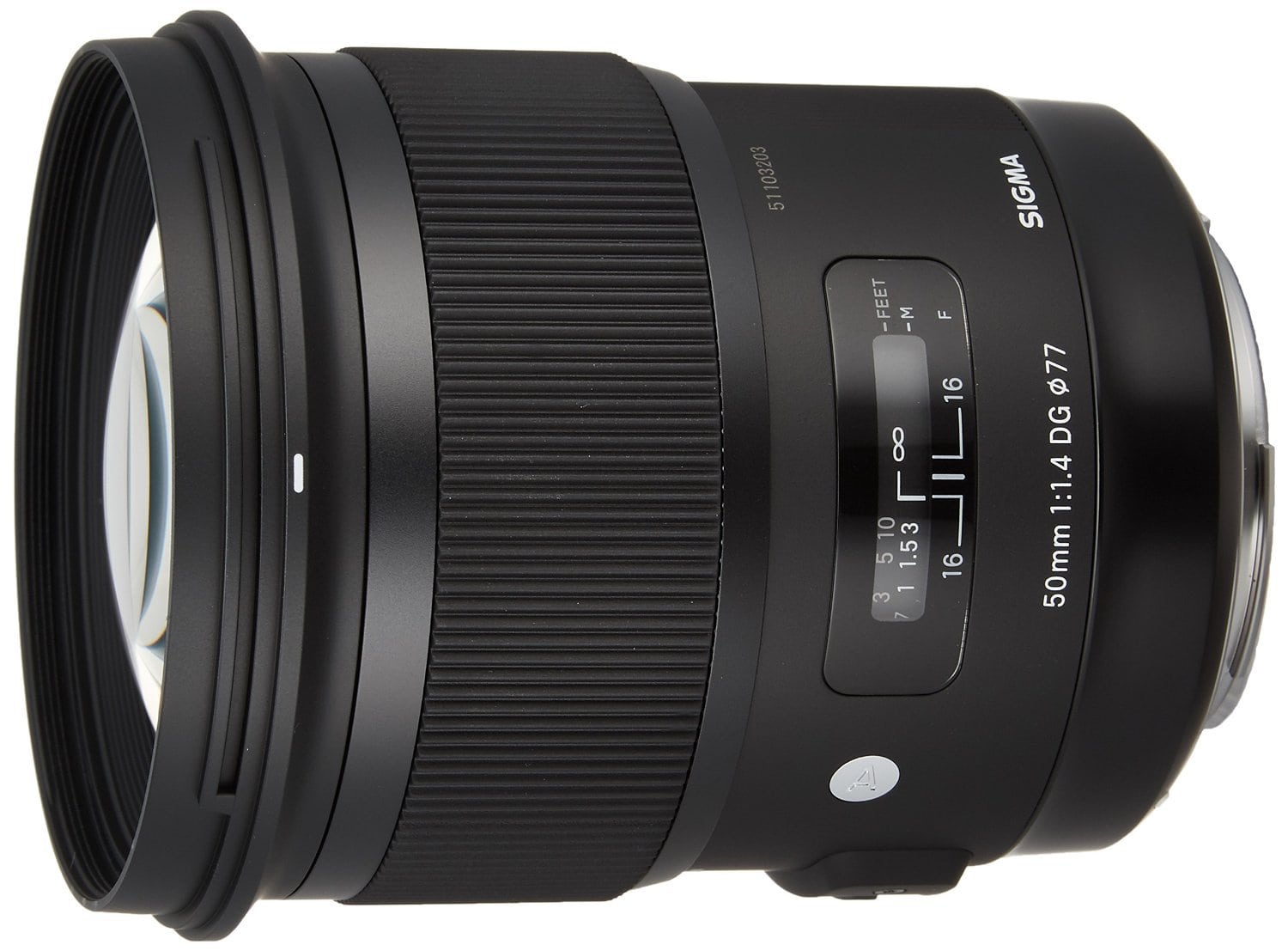
And speaking of 50 mm, that versatile and attractive lens for resembling the vision of the human eye, I present to you Sigma's bet. This goal is not to take a "little step", but to take the "big step". The best in terms of quality among the 50mm, but of course, that has a price (very high). Around 800 euros on Amazon(this is the version for Canon).
Why that price?
Perhaps the drawback (besides the price;), but if you want something, it costs you) is the weight, since it weighs almost three times that of a Canon or Nikon. Of course, we are talking about a 5-star ?
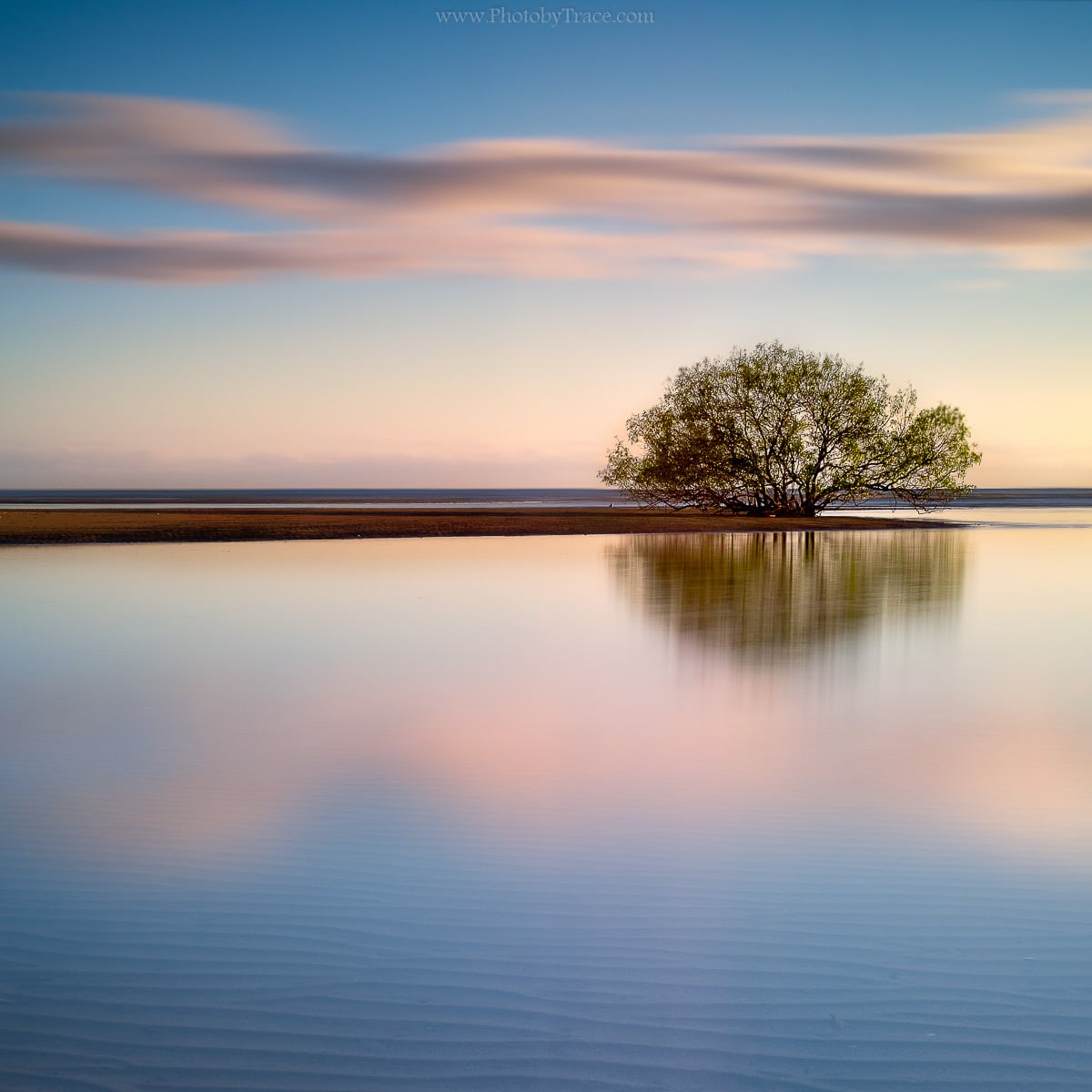
4. AF-S DX-NIKKOR 35MM F/1.8
A light lens (200 gr.) at a relatively low cost that you can get for around 200 euros. It is for DX cameras, that is, it is not valid for Full Frame bodies, so it would actually be equivalent to a 50 mm. Well, it does work for Full Frame, but the quality it gives on these cameras is not acceptable for most users. It is ideal for beginners.
The best :
The worst :

5. FUJIFILM FUJINON XF 35MM F/1.4 R
This lens is made exclusively for the X series of retro cameras of this brand. Its construction is metallic. Very light, it does not reach 190 grams. and very compact. It has a very good image quality. The autofocus system is quite fast, although it is around 550 euros on Amazon.
Disadvantages :
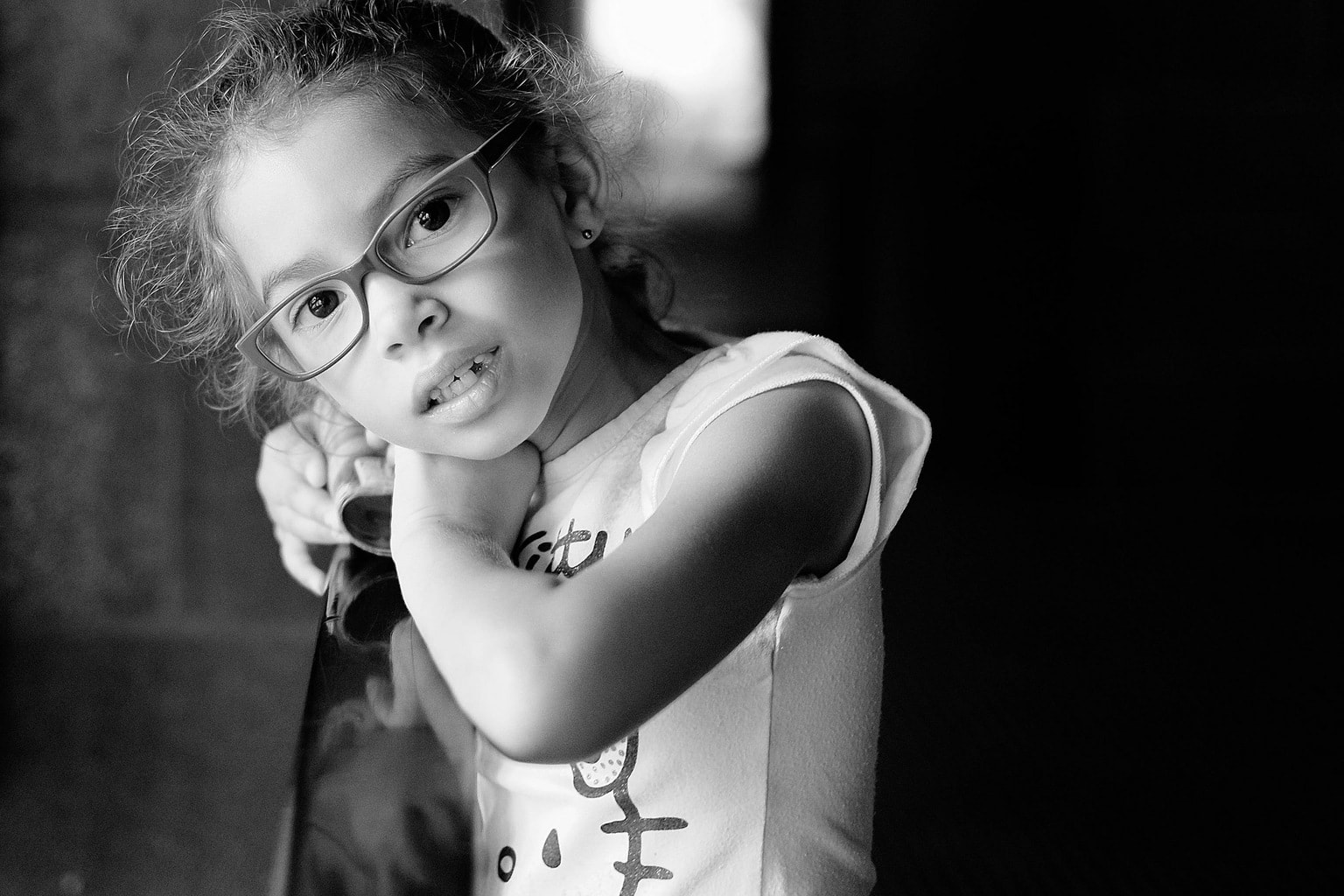
Good that? Have I whet your appetite to start thinking about a very bright goal? At least if you have come this far it is because I have caught your attention and something, even a little bit, has seemed useful to you. If so, I feel satisfied ?
And if you are looking for a lens but still have some doubts after reading this article, I recommend that you read this one about the lenses that Mario recommends the most.
Thank you for reaching the end and sharing it, if it has been helpful to you. See you soon!

